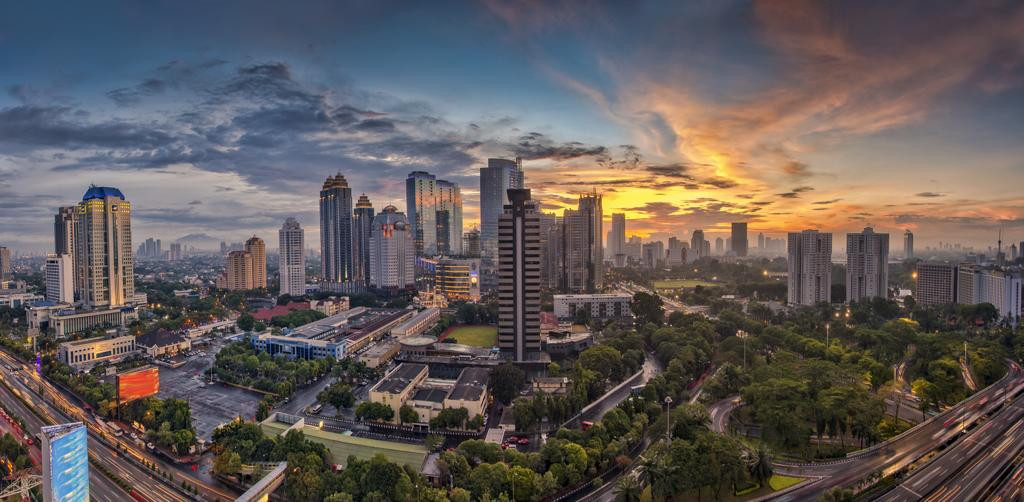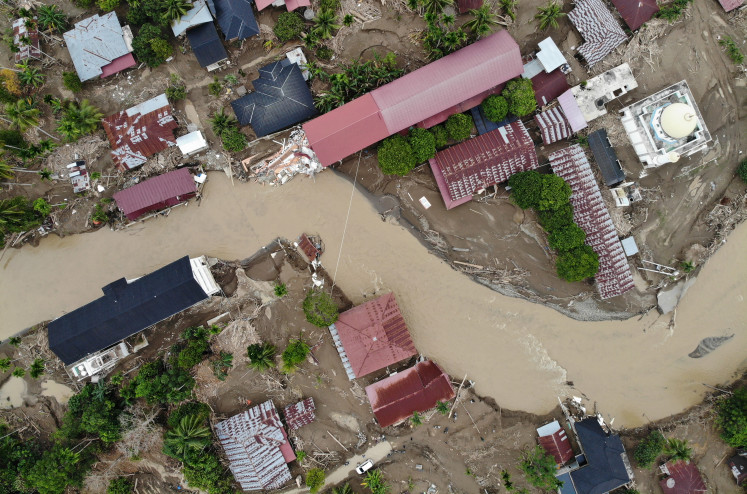Popular Reads
Top Results
Can't find what you're looking for?
View all search resultsPopular Reads
Top Results
Can't find what you're looking for?
View all search resultsIndonesia could benefit greatly from achieving net zero sooner
Making the right choices at this critical juncture could save Indonesia trillions of dollars, help its most vulnerable populations thrive as it decarbonizes and reduce emissions more quickly and efficiently.
Change text size
Gift Premium Articles
to Anyone

In September, Indonesia joined the small list of countries that actually responded to a formal call to strengthen their Paris Agreement targets in 2022. Then, as host of the Group of 20 Leaders’ Summit in November, the country announced a series of new targets, including its aim to reach 34 percent renewable-energy generation by 2030, as well as peak its power sector emissions by the same date and bring them to net zero by 2050.
President Joko “Jokowi” Widodo clearly spoke from the heart when he remarked in his G20 opening speech: “We do not just talk, but we take concrete steps.”
Why is Indonesia acting now? One reason is because the economics make sense. In a new report released this week, we on the independent High-Level Policy Commission on Getting Asia to Net Zero unpack why this is the case.
Research we commissioned from Cambridge Econometrics shows implementing Indonesia’s official long-term strategy for achieving net zero emissions by 2060 could boost the country’s mid-term GDP by 5 percent and create up to 2 million new jobs by the 2030s. Indonesia’s trade balance could also ultimately improve by US$48 billion.
What’s more, Indonesia’s concrete steps forward on climate have already attracted concrete resources. To help the country achieve its newest goals, a group of developed nations committed during the G20 last November to mobilizing $20 billion over the next three to five years in what is known as the Just Energy Transition Partnership (JETP). This newest influx of finance complements at least four other schemes that aim to help Indonesia transition to clean energy, including a plan backed by the Climate Investments Funds that could potentially provide $4 billion, as well as other efforts managed by Indonesia’s state-owned infrastructure financing company PT SMI, national utility PLN and the Indonesian Investment Authority.
But the crux is this: now that money to support Indonesia’s energy transition is suddenly flowing, the country faces key decisions in the next few months about how exactly it should chart its course of decarbonization. Making the right choices at this critical juncture could save Indonesia trillions of dollars, help its most-vulnerable populations thrive as it decarbonizes and reduce emissions more quickly and efficiently.
The evidence suggests Indonesia could significantly benefit from taking more ambitious climate action, sooner. The research we commissioned shows Indonesia could avoid $3.8 trillion in investment requirements and peak its overall emissions by 2027 if it targets net zero by 2050 while focusing on low-cost solar and wind energy. Adverse impacts on household spending could also be reduced by half in comparison to Indonesia’s current net-zero pathway, which relies heavily on fossil fuels paired with expensive carbon-capture technology.



















